Filmed in Sylva, North Carolina and set as the fictional town of Ebbing, Missouri, the Martin McDonagh written and directed movie Three Billboards Outside Ebbing, Missouri (2017) presents a darkly comedic drama. The film was released in the United States in November 2017 and the United Kingdom in January 2018.

Mildred Hayes, portrayed by Francis McDormand, draws attention to her daughter’s unsolved rape and murder by renting three roadside billboards. Hayes’ teenage daughter Angela, portrayed by Kathryn Newton, had been taken from her grieving and angry mother seven months before the beginning of the movie. Three disused billboards are rented by Hayes with a pointed message for the local chief of police: “Raped While Dying”, “And Still No Arrests?”, “How Come, Chief Willoughby?”

Portrayed by Woody Harrelson, pancreatic cancer-stricken Chief of Police Bill Willoughby fails to apprehend the guilty following another earnest to do so. Alcoholic police officer Jason Dixon, portrayed by Sam Rockwell, finds a similar lack of success when trying to intimidate billboard renter Red Welby, as portrayed by Caleb Landry Jones, into taking the billboards down. Geoffrey, the dentist sympathetic to Willoughby as portrayed by Jerry Winsett, finds out in a dramatic way that pressuring an angry and grieving mother bent on obtaining some measure of justice will end in a comedically dark way.

Stressors and pressures of a personal and amplified within the community perspective follow from examples like the above. Mildred’s relationship with her son Robbie Hayes, as portrayed by Lucas Hedges, would become strained due to the billboards. Charlie Hayes, Mildred’s abusive ex-cop ex-husband portrayed by John Hawkes, reveals that he had turned down the couple’s now deceased daughter shortly before her death when she, Angela, had wanted to live with him once again.
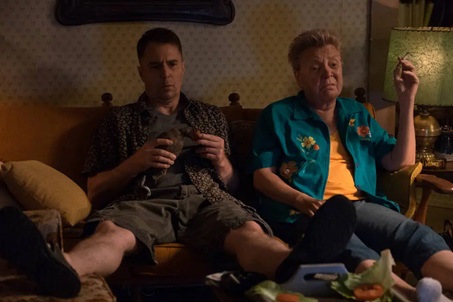
Drama in unexpected measure follows Chief Bill Willoughby’s death at his own hand, with the partial hand of that justice being administered through subsequent police chief Abercrombie. Clarke Peters portrayed Abercrombie. A convoluted circumstance of the drama extends the hands of justice through Willoughby, Abercrombie, Mildred Hayes and James, with James portrayed by Peter Dinklage, into a hospital room reconciliation with Red Welby.

Many senses of interpersonal debt, partial truth and emotional need that draws out depth for the multiple characters of this film preceded and follow the dynamics of the characters within Three Billboards Outside Ebbing, Missouri. It takes leaps of character, and an emotional journey within a number of them, to lead the landing point of the movie to a misguided journey seeking satisfaction through emotion destined, through a proxy for feeling, destined for the state of Idaho. That past decisions have been revealed as unsatisfying, misguided and, despite being made with the best of judgments given partial information, does not deter the path left for Mildred Hayes and Jason Dixon at film’s end.
I grant Three Billboards Outside Ebbing, Missouri as directed and written by Martin McDonagh 4.25-stars on a scale of 1-to-5.
Matt – Wednesday, May 15, 2024





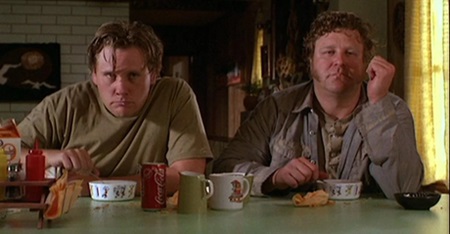

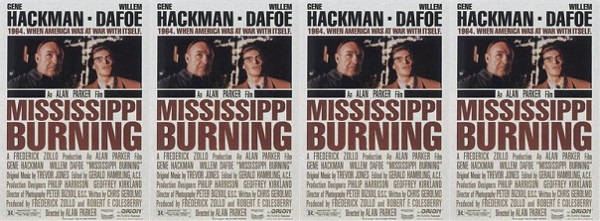

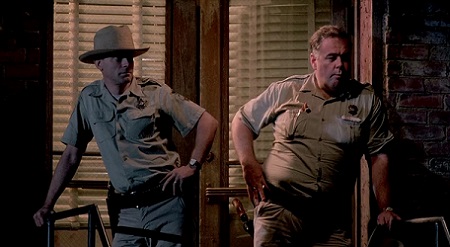




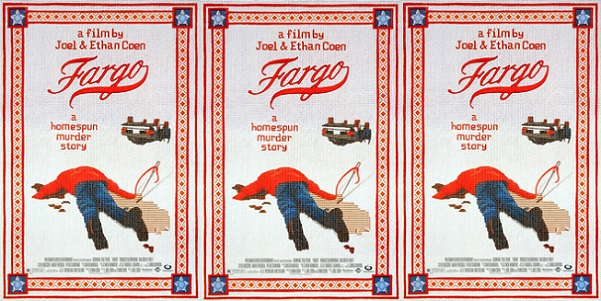
 (William H. Macy stars as Jerry Lundegaard in Fargo).
(William H. Macy stars as Jerry Lundegaard in Fargo). (Peter Stormare, right, and Steve Buscemi in Fargo).
(Peter Stormare, right, and Steve Buscemi in Fargo).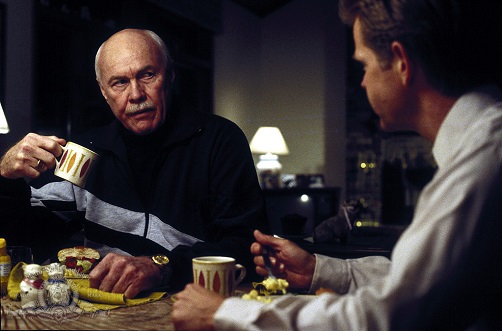 (Harve Presnell, left, and William H. Macy).
(Harve Presnell, left, and William H. Macy). (Frances McDormand as Marge Gunderson in Fargo).
(Frances McDormand as Marge Gunderson in Fargo). (John Carroll Lynch as Norm Gunderson in Fargo).
(John Carroll Lynch as Norm Gunderson in Fargo). (Joel Coen, left, and Ethan Coen).
(Joel Coen, left, and Ethan Coen).